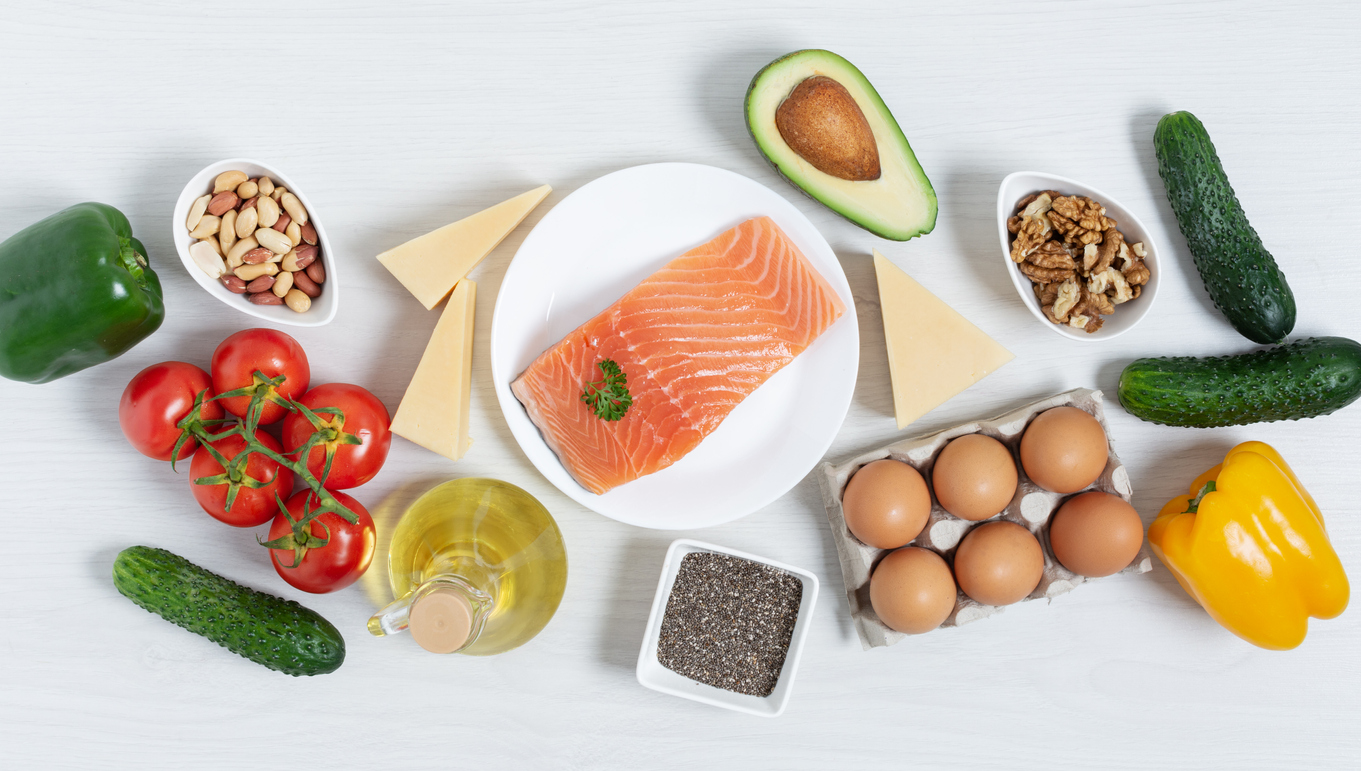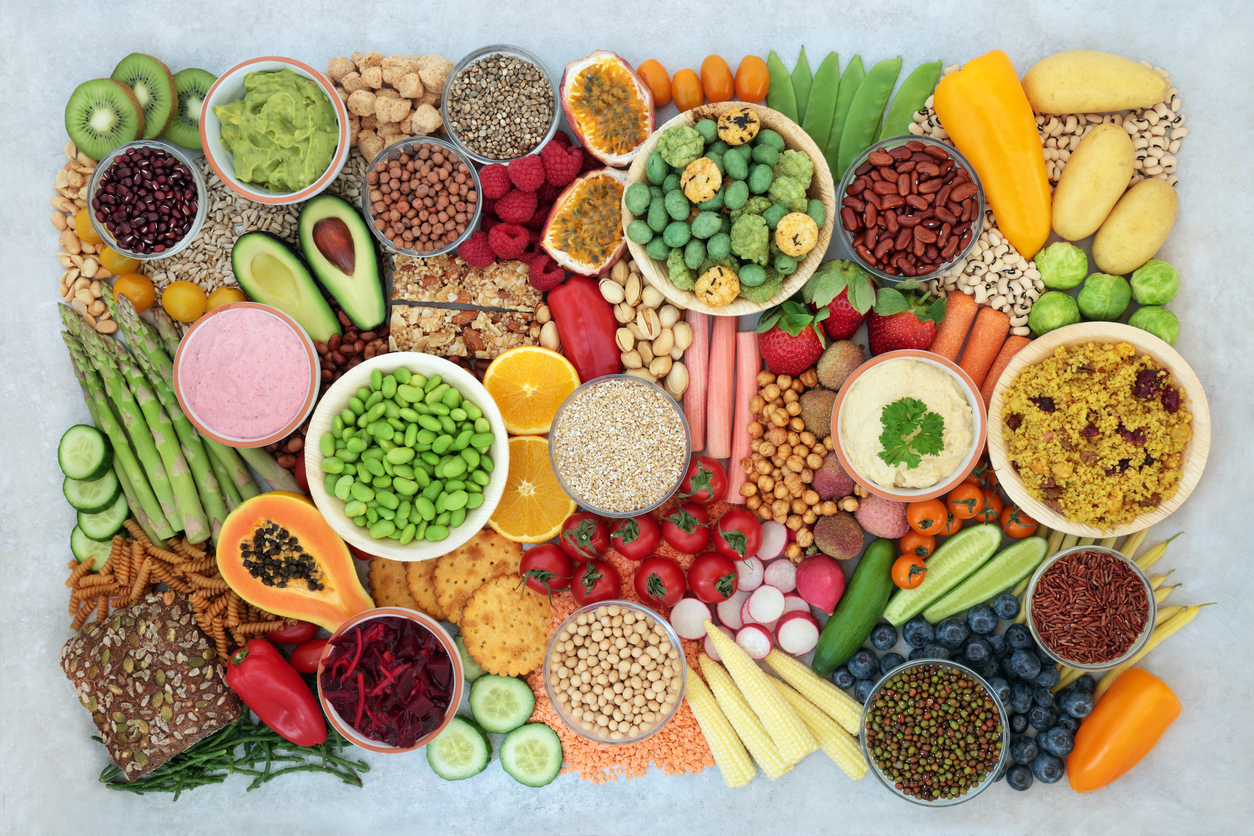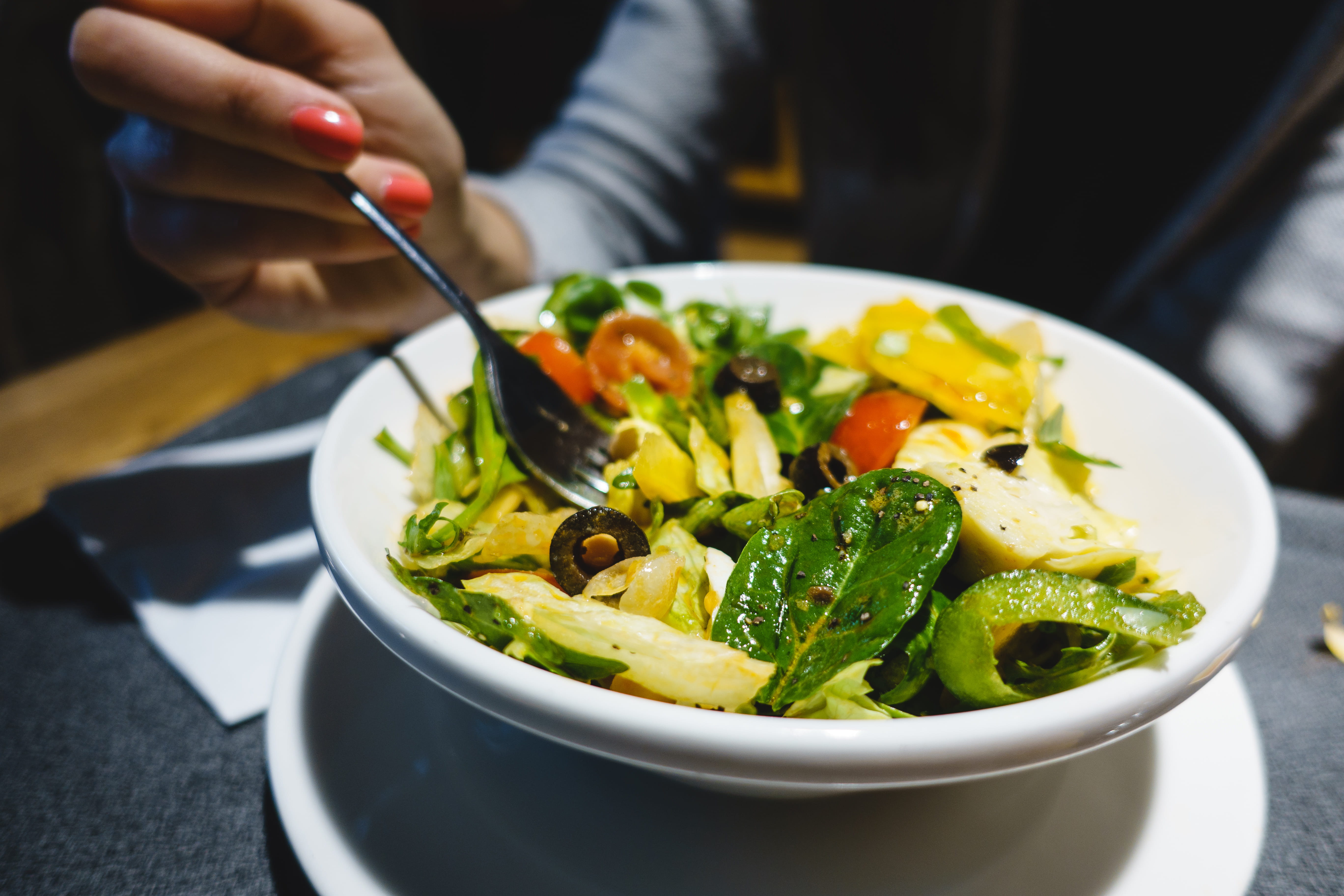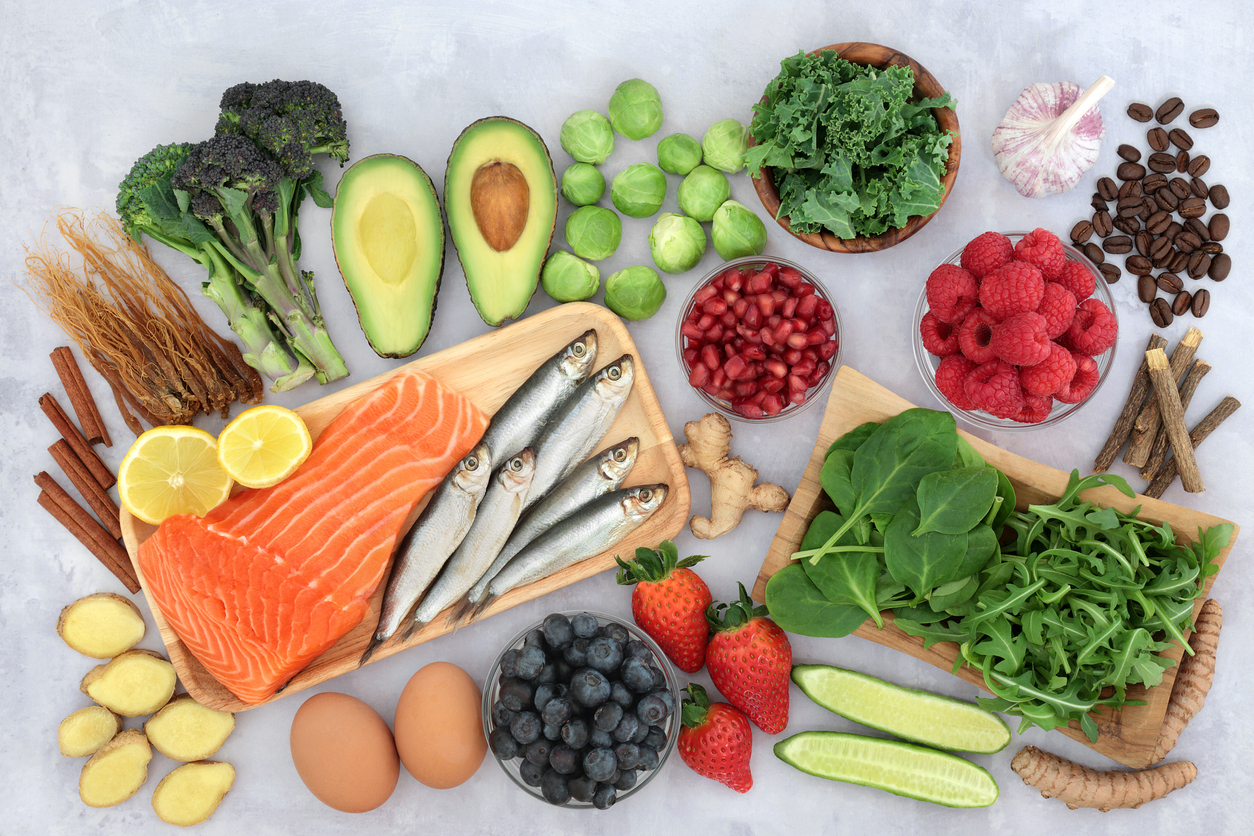Wellness
Effects of Diet on Central Sensitization

What is central sensitization?
Central sensitization (CS) is a condition in which the nervous system becomes continually stimulated, which causes intensified pain sensations. It is associated with chronic pain progression due to an increased response to neurons in the central nervous system. Central sensitization decreases pain tolerance and produces lingering pain sensations after an initial injury has healed. Pain signals travel through a path in the spinal cord to the brain. Central sensitization causes this path to enlarge rather than restrict. The nervous system becomes impaired, which leads to magnified pain sensations.
The two major characteristics of central sensitization involve heightened pain sensitivity and intensified touch sensations. Central sensitization can occur with many types of chronic pain, which include, but are not limited to, migraine headaches, arthritis, and chronic fatigue syndrome.
How does diet affect central sensitization?
Several factors contribute to central sensitization, including inflammation. Food can increase neuroinflammation, which contributes to central sensitization and chronic pain. The foods primarily associated with central sensitization are high in saturated fats and added sugar. Consuming excessive saturated fats and added sugar may cause oxidative stress, which negatively impacts health, including increased chronic pain. This type of food can also impact gut bacteria, or the gut microbiome, and peripheral inflammation signaling to the brain. Both can contribute to central sensitization.
Reducing consumption of foods high in saturated fats and added sugars can decrease central sensitization; therefore, potentially decreasing chronic pain. Other dietary changes to reduce inflammation and central sensitization include the following:
- Eating a variety of colorful fruits, vegetables, legumes, and seeds, which can reduce oxidative stress and inflammation, while also promoting the growth of healthy gut bacteria
- Consuming whole grains to support the gut microbiome
- Increasing consumption of “good” fats (monounsaturated and polyunsaturated fats) to decrease inflammation and increase immunity
- Ingesting fermented foods containing prebiotics to support gut health
Additional sources: ScienceDirect, Northern Pain Centre, Institute for Chronic Pain, and Taylor & Francis Online


















